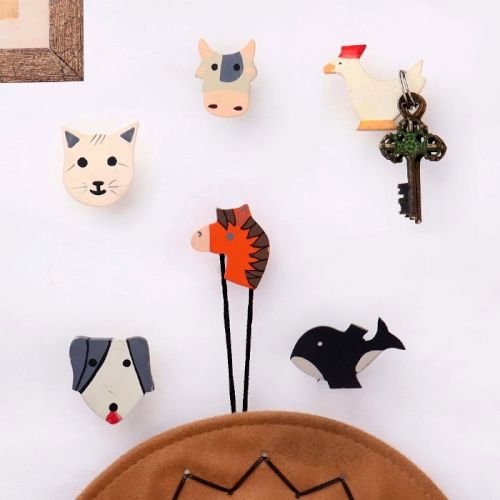A Beginner’s Guide to Understanding Contemporary Paintings
Contemporary painting is a mirror held to modern sensibilities. Unlike classical forms that often followed rigid iconographies, it moves like a wandering minstrel—restless, interpretive, and rooted in the “now.” It borrows from myth and marketplace alike, shaped by the noise of cities and the silence of screens. Contemporary art isn't one gharana; it's a jatra—a traveling troupe that stages everything from fragmented memories to political unrest. The texture shifts: sometimes smooth like patachitra scrolls, other times cracked like old Madhubani clay. It asks us to pause and peer, not for what is painted, but for what echoes behind the strokes.
What Is Contemporary Painting?
Contemporary painting is an ever-morphing thali of expression cooked in the vessel of the present. Born from the ashes of modernism, it isn't bound by material, medium, or motif. It flows like kalamkari dye—organic, adaptable, bleeding into its surroundings. Artists today paint not just with brushes, but with digital fingers, found objects, and ancestral echoes. It is less about what is seen and more about how the seen is felt. Contemporary painting listens to the thumping of city hearts and rural anxieties alike. It’s a ritual not of repetition but of response—each canvas a yantra to the moment's emotion.
What Does Contemporary Painting Aim To Capture Or Convey?
Contemporary painting aims to capture the unsung ragas of today—fractured identities, climate anxiety, digital noise, caste scars, nostalgia, and resistance. Like a Bhil storyteller using dots to build a cosmos, these paintings speak in symbols and silences. They do not seek decorative beauty but raw resonance. A canvas might hold the stillness of a forgotten dialect or the rage of a protester’s hand. These paintings are not answers—they’re open-ended questions soaked in pigment. Their intention is not permanence but presence. Each stroke, a dholak beat; each blank space, a pause in a Kabir doha—inviting reflection rather than resolution.
What Are The Different Types Of Contemporary Painting (E.g., Abstract, Realism, Mixed Media, Conceptual Art)?
Contemporary painting is a rangoli of varied forms, each grain adding texture to a shifting floor. Contemporary painting isn't a single temple; it's a wandering mela—each tent offering a different vision, form, and philosophy. Its types are less like academic categories and more like evolving folk performances, each with their own rhythm and instrument. Here’s a breakdown through that lens:
Abstract Painting
Like a Gond painting that reduces flora and fauna into patterns and symbols, abstract painting doesn’t mirror life—it interprets its energy. Forms dissolve into colors, textures, and gestures. You won’t see a tree, but you might feel its wind. This style communicates through rhythm, tone, and intuition—much like a Baul song where words blur into trance. It’s less what it is and more what it evokes. Abstract painting lets the viewer be the interpreter, like looking into clouds and seeing stories.
Realism
Think of Phad or Pattachitra scrolls that depict episodes with clarity and detail—realism shares that devotion to observation. In contemporary realism, artists paint what they see with precision but inject emotion subtly, like a folk dancer’s eyebrow movement that says more than words. It could be hyper-realistic portraits, everyday street scenes, or still-life studies that spotlight ordinary moments with grace. Yet, realism today often bends—juxtaposing traditional methods with modern-day issues like isolation, migration, or identity.
Mixed Media
Mixed media is a kind of kantha embroidery of painting—layers upon layers, stitched with story and symbol. It blends paint with found objects, paper, digital prints, fabric, sand, or even video. Think of it as a visual jugalbandi—paint and material dancing together. Artists use it to build depth, contrast, or to challenge the idea of what a “painting” can be. A piece may include tea-stained pages, broken mirrors, or fragments of handwritten letters, like memory quilts sewn with time.
Conceptual Art
Conceptual painting treats the idea as the artwork—what you see is just the trace, like footprints of a forgotten ritual. Imagine a Bhopa bard telling a story through absence as much as presence. In this style, the process, meaning, or political commentary takes center stage. The visuals are often minimal, sometimes provocative. A plain canvas might carry a loaded title. A symbolic object may be more powerful than pigment. Conceptual artists push boundaries, asking: What if the painting is just a thought on the wall?
Other Hybrids And Emerging Forms
There are also hybrids:
Figurative expressionism – human forms distorted to show emotional truths, like a raw performance in a street jatra.
Digital painting – created entirely on screens, yet rooted in visual language akin to painted signboards or shadow puppetry.
Street art – inspired by folk murals like Warli or Madhubani, but sprayed on urban walls with modern urgency.
Contemporary painting thrives not on rules, but on intent—each type is a different taal, responding to different moments, different truths. It's like listening to different instruments in a folk orchestra: each with its voice, yet all echoing the time we live in.
Techniques & Tools For Contemporary Paintings
Contemporary painting thrives on the fusion of traditional folk processes and modern instincts. Techniques like layering, impasto, pouring, scraping, and mixed-media collage echo the tactile rhythm of Madhubani or Pattachitra—each stroke mindful, each texture breathing story. Artists use palette knives, squeegees, sponges, digital brushes, even natural dyes and textile patches to weave visual rhythm. Found objects, heat guns, sandpaper, and acrylic gels shape surface narratives. Every tool becomes a ritual object. Whether abstract or figurative, the canvas becomes a theatre where pigment dances with intention, allowing the surface to speak through cracks, grain, and improvisational symmetry—like warli lines on mud walls.
How Do You Create A Contemporary Painting Correctly Or Effectively?
You begin not by painting, but by listening. Observe your subject—not just the form, but its folklore, its silences. Then translate it with honesty. Sketch freely, layer like storytelling—begin loose, move tight. Use underpainting to set rhythm. Apply textures like a folk storyteller layering metaphors—letting some shapes bleed, others resist. Glaze, lift, scratch, let the brush hesitate where needed. Leave space—negative space sings. Don’t chase perfection, chase essence. Work in loops: paint, reflect, re-enter. When a section breathes, let it be. A contemporary painting is correct not when it’s finished, but when it starts echoing back at you—like a well-sung Baul refrain.
What Materials Are Commonly Used In Contemporary Painting?
Contemporary painters often reach for acrylics—quick-drying, adaptable, forgiving—like a folk singer shifting ragas mid-song. Oils, still noble, allow depth and glaze-rich storytelling. Watercolors return for subtle moods, while gouache plays matte and bold. Artists blend charcoal, pastels, graphite, gold leaf, fabric, even rust—treating materials like a Kathputli performer treats props. Surfaces go beyond canvas—wood panels, denim, paper, metal sheets, and found objects. Brushes vary from soft sable to rugged hog bristle; knives, rollers, sponges, even bare hands enter the ritual. Mediums like modeling paste, varnishes, gesso, and gel extender layer it all. Tools are talismans—each mark a carved memory.
How Do You Choose The Right Painting Technique Or Style Based On Your Subject Or Concept?
You choose like a folk bard choosing a song before dusk. Begin with mood—does your subject whisper or roar? Abstract suits emotion-driven themes; realism anchors memory. Minimalism hums when the subject is essence, while expressionism howls when urgency lives in the chest. Mixed media works best for fragmented truths—identity, dreams, urban chaos. Your brushstroke should echo your concept: dry-brushed for nostalgia, dripping for grief, textured for resistance. Let color palettes align with memory—earth tones for rootedness, neon for dissonance. Test before committing—each subject asks to be told differently. Trust the surface; it often tells you what story it wants to carry.
Purchase Options for Contemporary Paintings
Buying contemporary paintings today is like choosing a motif in Madhubani—it requires an eye for rhythm, tradition, and temperament. You can walk through online haats like Saatchi Art, Indian Art Ideas, or Mojarto, where modern canvases echo the pulse of the urban mundanity and dream. Offline, curated galleries—Jehangir Art Gallery, Art Houz, DAG—are mandapas of brush and pigment. Artisan-led pop-ups and artist collectives add the soul of direct patronage, much like buying from a Gond painter in Patangarh. Let your heart choose the brushstroke that speaks, not the price tag that shouts.
Where Can You Buy Quality Supplies For Contemporary Painting?
Finding painting supplies is akin to assembling a pattachitra—layered, intricate, intentional. Quality arises from the brush's breath and the pigment's soul. Stores like Himalaya Fine Art in Mumbai, or online banyans like Itsy Bitsy, Hindustan Trading Co., and Stationery Hut stock canvases, gesso, matte mediums, and charcoal pencils that speak in tone, not just tint. Look for archival-quality papers and lightfast colors, like a Phad artist guarding centuries. Always prefer handmade brushes from artisans in Rajasthan or West Bengal for that tactile earth-grip. Let each supply echo rasa, each tool become an extension of your kalam.
Where Can You Buy Quality Contemporary Painting?
A quality contemporary painting breathes like a Kalighat stroke—minimal, evocative, rooted in time and rebellion. To purchase such authenticity, bypass mass prints and algorithm-fed art sites. Seek out artist-led platforms like IndianShelf, The Curator’s Art, Artflute, or even regional exhibitions like Kochi-Muziris Biennale stalls. Art fairs are today's yatra mandals—transient, alive, full of discovery. Build rapport with the creators, visit studio spaces if possible, and listen to the silence between their stories. These are not mere purchases, but samvaads between your space and the artist’s world. In contemporary form lies ancient rhythm—find it through patience, not speed.
Comparison of Contemporary Paintings
Contemporary paintings echo the rhythm of our current times, reflecting dissonance and discovery, often abandoning the margins of symmetry and centrality. Unlike the codified geometry of Madhubani or the mythic symbolism in Warli, contemporary artists work with distortion and defiance. They juxtapose color not to beautify but to provoke, layering textures with acrylic, scrap, or even digital remnants. While folk art often celebrates the community and divinity, contemporary painting wrestles with the self, the digital age, and hyper-individualism. It moves between installations, mixed media canvases, and performance-led expression. The voice is less about order and more about inner chaos—visual baithaks of modern dilemmas. This art form is less sacred, more secular; less functional, more philosophical. It's not storytelling in the traditional sense—it’s a tearing of narrative threads, allowing fragments to speak. In that silence between abstraction and suggestion, a new language begins to form.
Contemporary Painting Vs Traditional Painting: What’s The Difference In Style, Purpose, And Materials?
Traditional painting—be it Pattachitra, Phad, or Gond—is bound to ritual, oral history, and inherited technique. Its purpose is communal, sacred, and cyclical, often made with earth-based pigments—cow dung, charcoal, turmeric, indigo. Every stroke carries a memory, a season, a festival. It’s a prayer offered through brush and repetition. Contemporary painting, in contrast, is a solitary confrontation. It reclaims the canvas as a site of doubt rather than devotion. The brush may be replaced by fingers, palette knives, or code. The materials are synthetic, industrial—spray paints, polymer mediums, salvaged wood. While traditional art follows the grammar of folklore and collective memory, contemporary art invents its own dialect. Its purpose isn’t to preserve, but to question. Where traditional art frames divinity within borders, contemporary work often breaks frames altogether. They differ in their anchoring—one seeks roots, the other often resists them.
Creative Use & Aesthetics of Contemporary Paintings
The aesthetic of contemporary painting lies in its disobedience. It isn’t bound to harmony, but to honesty. It can be unsettling, like smudged sindoor on concrete, or playful, like mirror shards arranged in a tribal rhythm. Artists borrow the motifs of folk forms and repurpose them—deconstructing a Bhil figure into geometric blocks or digitizing a Kalamkari pattern into glitch art. Texture becomes a language—rough canvas, exposed nails, fabric scraps—where paint is no longer the sole medium. Layering is not just visual but emotional; it speaks of exile, technology, gender, identity. The aesthetics are often raw, pulsating, stitched with contradiction. Think of it as a jatra performance interrupted mid-scene, leaving the audience to finish the story. Contemporary artists stitch personal myth into modern mythos. They distort and honor. They dance with asymmetry. They dare to be incomplete. And in that incompletion lies the invitation—to feel.
What Are Some Creative Uses Of Contemporary Paintings In Home Decor Or Art Installations?
Contemporary paintings are not just wall-bound—they drift. In home décor, they often become tactile—painted on jute hangings, distressed wood, or layered on fabric panels. A panel with torn canvas may act as a threshold, a modern toran. Abstract brushstrokes can cover entire walls as murals—becoming both memory and mood of the room. Instead of centering the painting, one might let it lean casually on the floor, disrupting symmetry, echoing the informality of a charpai or mat spread across a verandah. In art installations, contemporary paintings take on spatial lives—suspended mid-air, woven with light, embedded with sound, or stitched with mirrors like in Banjaran embroidery. They become immersive environments—where the audience doesn’t just observe, but enters. They recreate courtyards of thought, dislocated shrines of reflection. Whether hung, projected, layered, or left unfinished, these works hold space for chaos, silence, and introspection. They’re no longer static—they breathe.
Frequently Asked Questions (FAQs)
- What Are Contemporary Paintings Used For (e.g., Personal Expression, Interior Design, Social Commentary)?
Contemporary paintings function as aesthetic instruments and ideological catalysts. They often transcend decoration, transforming walls into emotional landscapes or socio-political battlegrounds. For some, these works embody raw personal expression—gestural strokes, chromatic ruptures, and layered abstractions that chronicle inner dialogues and existential friction. In interior design, they perform like curated light—manipulating spatial tension, amplifying color schemes, or introducing disruptive harmony into minimalistic layouts. Meanwhile, on a cultural level, they echo collective unrest, privilege silenced narratives, or reframe identities. Think of them as visual essays—each brushstroke a sentence, each color a metaphor, each void a pause pregnant with meaning. They are not just hung; they are heard, felt, and read. This versatility—part decor, part diary, part dissent—makes them resonate in private homes, galleries, or political spaces. Ultimately, contemporary paintings remain multi-dimensional artifacts, simultaneously personal and universal, intimate yet political.
- What Surfaces Or Canvas Types Work Best For Contemporary Paintings?
The surface choice in contemporary art isn't just technical—it's conceptual. Cotton canvas remains a favored substrate for its balance of texture and affordability, while linen, with its tighter weave and tensile strength, offers nuanced responsiveness to oil and acrylic gestures. Beyond tradition, contemporary artists increasingly utilize wood panels, aluminum sheets, reclaimed fabric, or plexiglass—each providing a distinct tactility and visual resonance. Concrete, drywall, or even mirrors can act as canvases when the work seeks to merge with architecture or disrupt conventional display modes. These surfaces shape how pigments settle, how light refracts, and how viewers engage with dimensionality. For layered applications or mixed media, gesso-primed hardboards offer sturdiness without warping. In digital-hybrid practices, archival papers and projection-friendly surfaces support fluid translation between analog and screen-based media. The choice of surface is an extension of the work’s thesis—whether aiming for permanence, intimacy, or rebellion.
- Can Contemporary Paintings Be Preserved Effectively Without Losing Vibrancy Or Texture?
Preservation of contemporary paintings is a dialogue between material science and artistic intent. Unlike classical oil paintings, contemporary pieces often incorporate unconventional materials—latex, spray paint, soil, collage, neon—which challenge archival norms. However, with advancements in conservation technology, maintaining texture and vibrancy is increasingly possible. Varnishes now exist in matte, satin, and gloss finishes that protect without muting depth or chromatic complexity. UV-protective glazing, humidity controls, and microclimate framing systems help buffer against environmental stressors. Yet preservation is also about respecting impermanence when the artist intends decay or ephemerality. For instance, a piece made with ash or natural dyes may be designed to fade, echoing transience. Thus, the approach is layered: archival for longevity, philosophical for authenticity. A proper balance considers the pigment chemistry, surface absorbency, and climate exposure. With thoughtful care—both technical and conceptual—contemporary works can retain their sonic textures and visual vivacity across decades.
- Are Contemporary Paintings Permanent, Or Do They Require Special Care To Maintain Their Quality?
Contemporary paintings, while often resilient, rarely promise absolute permanence. The notion of permanence is, in itself, fluid—many artists today embrace entropy as an aesthetic. Acrylics and oils on traditional supports fare well under moderate conditions, but the growing use of experimental materials introduces fragility. Pieces involving rust, organic matter, or digital elements require proactive conservation strategies. Temperature stability, indirect lighting, and protection from airborne pollutants are essential. Archival varnishes or framing under museum-grade glass can significantly extend lifespan. However, even these methods are subject to environmental shifts or chemical evolution over time. What remains crucial is an understanding of the material genealogy—knowing what was used and how it reacts. This is why contemporary pieces often come with artist interviews or conservation notes. Whether destined for a private collection or public museum, every contemporary painting demands a bespoke care narrative—honoring both its physical composition and the ephemeral philosophies it may embody.
- Which Mediums Or Techniques Are Best For Bold Contrast, Subtle Textures, Or Layered Effects In Contemporary Art?
Bold contrasts emerge vividly through high-pigment acrylics, oil impasto, or mixed-media juxtapositions—like charcoal against metallic ink. Artists exploit palette knives, sponges, even found tools to carve into surfaces, forging abrupt shifts between light and shadow. For subtle textures, watercolor washes on cold-pressed paper or soft pastels over gesso ground whisper with delicacy. Encaustic painting, where pigment fuses with heated beeswax, produces tactile translucency and dreamlike opacity. Layered effects find their apex in glazing (thin oil or acrylic veils), collage techniques, or digital overlays printed on canvas. Acrylic mediums—matte, gloss, gel, or crackle—offer sculptural possibilities even on flat surfaces. Spray paint, often overlooked, can modulate tone gradients and provide urban edge. Ultimately, it’s the interplay of tool, surface, and intentionality that builds the emotional topology of a painting—each texture and contrast a topographical shift in the viewer’s experience.
- Are Painting Techniques Consistent Across All Contemporary Styles Or Are They Artist-Specific?
Contemporary painting defies homogeneity. Techniques aren’t dictated by style but forged by individual inquiry, cultural memory, and aesthetic urgency. Two abstract painters may diverge entirely—one relying on controlled brushwork and color theory, another on chaotic pouring and gesture. While certain schools—like Color Field or Neo-Expressionism—may suggest shared approaches, the contemporary landscape thrives on deviation. Artists draw from diverse disciplines: printmaking, digital manipulation, performance, sculpture. Some paint with traditional brushes; others wield brooms, drones, or algorithmic software. Technique becomes a signature—fluid, evolving, subjective. Moreover, cultural context shapes practice. A South Asian artist may layer miniature traditions into abstract language, while a street artist in São Paulo could blend stenciling with mural realism. Thus, the ‘how’ of painting is artist-specific, often resisting codification. What links them is not technique but intentionality—a drive to explore form, provoke emotion, and reimagine perception through personal and political lenses.
- What Is The Cultural And Historical Significance Of Contemporary Painting In The Global Art Scene?
Contemporary painting operates as a visual barometer of socio-political climates and identity negotiations. Post-1970s, it departed from canonical constraints, embracing pluralism—blending indigenous methods, digital media, and conceptual provocations. It carries forward history not as lineage but as critique—decolonizing aesthetics, dismantling Eurocentric narratives, and elevating marginalized voices. Globally, it dialogues with geopolitical unrest, climate trauma, gender politics, and displacement, rendering canvases as cultural documents. Whether it’s Berlin graffiti echoing Cold War anxieties or Indian abstract works referencing caste dynamics, each painting becomes a node in a larger socio-historical network. Biennales, art fairs, and virtual exhibitions democratize access, while collectors and institutions contend with ethical representation. Contemporary painting thus isn’t merely current—it’s reflexive. It holds a mirror to society, while also refracting new possibilities. Its cultural power lies not in replication but in resistance, regeneration, and redefinition—an ever-evolving map of humanity’s artistic consciousness.
- How Can You Clean, Preserve, Or Maintain Contemporary Paintings Using Modern Or Traditional Methods?
Cleaning and preserving contemporary paintings requires sensitivity to both material science and artistic philosophy. Dust should be removed using soft, anti-static microfiber cloths or sable brushes. For textured or mixed-media surfaces, vacuuming with a low-suction nozzle and protective mesh ensures no elements detach. Never use water or solvents without conservation consultation—many pigments, binders, or glues are water-soluble or chemically reactive. For preservation, climate control is key: 18–21°C and 50% relative humidity prevent warping or mold. UV-filtering glass or acrylic shields against photodegradation. Archival varnishes—applied after curing—add a protective yet reversible layer. Traditional methods like beeswax polish or dammar varnish may still be relevant but should be cross-checked with modern pigment stability. Conservation framing with acid-free backing and spacer bars prevents physical contact. Ultimately, the painting’s maintenance ritual must echo its conceptual integrity. When in doubt, involve a professional conservator. The aim is not to fossilize, but to safeguard its evolving voice.
- How Do Different Contemporary Painting Techniques Influence The Emotion Or Atmosphere Of A Piece?
Technique in contemporary painting isn't just execution—it's mood architecture. A piece composed with smooth gradients and muted tones often evokes introspection or melancholy. Conversely, bold palette knife slashes or spray-painted drips radiate unrest, urgency, or kinetic force. Texture—whether soft encaustic haze or rough impasto ridges—engages the haptic imagination, inviting touch or resistance. Transparency in watercolor can intimate vulnerability, while dense layering of acrylics or collage materials may suggest complexity, psychological depth, or societal layering. Even negative space can breathe isolation or liberation into the composition. Techniques like pixelation or glitch aesthetics import digital anxiety, while geometric flattening may conjure utopian order or ironic detachment. Every stroke, smudge, or void sculpts the emotional landscape. The technique becomes both the scaffold and the skin—an embodied gesture translating thought into form. Ultimately, painting becomes a choreography of emotion, where method and message are interlaced like rhythm and breath.
- How Can Contemporary Paintings Enhance Or Align With Room Decor, Color Themes, Or Interior Styling?
Contemporary paintings offer more than color harmony—they are spatial protagonists. A monochromatic room can be disrupted by a high-contrast canvas, injecting dynamism without clutter. Alternatively, tonal paintings can anchor calmness in minimalist interiors, aligning with architectural austerity. Abstracts with metallic pigments or neon hues accentuate industrial or futuristic decor, while organic textures—like earth-toned expressionism—resonate with rustic or biophilic spaces. Site-specificity matters: a large diptych might elongate a narrow hallway, while a vertical composition adds height illusion. Beyond form, conceptual alignment is key—an artwork commenting on sustainability fits into eco-conscious interiors, creating ideological coherence. Lighting also frames interaction; spotlighting adds drama, while diffused light lets subtle textures bloom. In essence, the painting becomes a design collaborator—not an accessory, but an anchor, provoking conversation and reflection. Properly placed, it doesn’t just match a room; it transforms it, turning living spaces into living narratives.
- Can Contemporary Paintings Be Given As Thoughtful Gifts For Housewarmings Or Special Events?
Gifting a contemporary painting is an act of cultural generosity. It transcends utility, embedding emotion, aesthetics, and thought into the recipient’s space. For housewarmings, abstract or landscape-inspired works offer ambiance without imposing interpretation, allowing new homeowners to inscribe personal meaning. Custom pieces—perhaps color-matched to interiors or symbolically resonant—enhance intimacy. On anniversaries or life milestones, conceptual works can mirror a shared journey or philosophical alignment. It’s important to consider the recipient’s taste, but also to introduce them to artistic realms that challenge or inspire. Small-format or unframed works allow flexibility and personalization. Accompanying the piece with a note on the artist or artwork’s context adds depth—turning a gift into a dialogue. Such offerings reflect a sensitivity to beauty, culture, and permanence—qualities often lacking in transactional gifts. A painting doesn’t just fill a wall; it inhabits memory, values, and atmosphere.


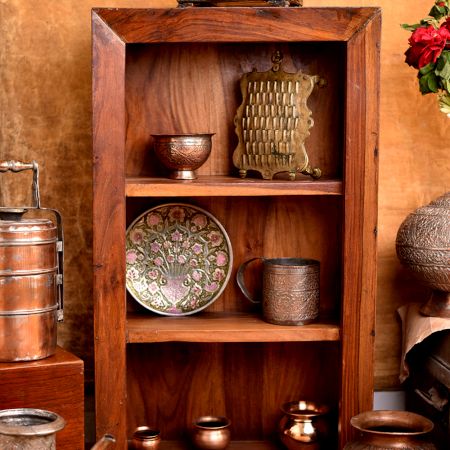
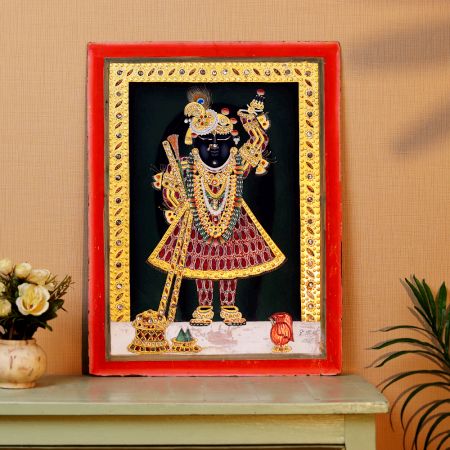
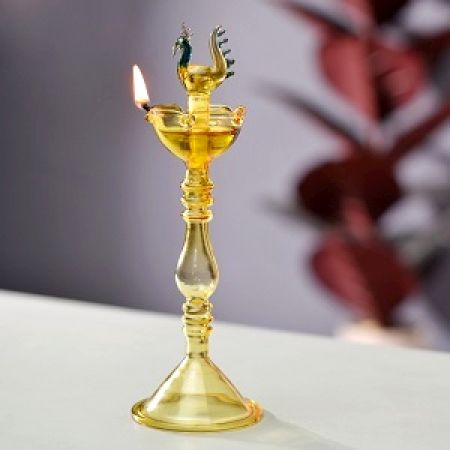

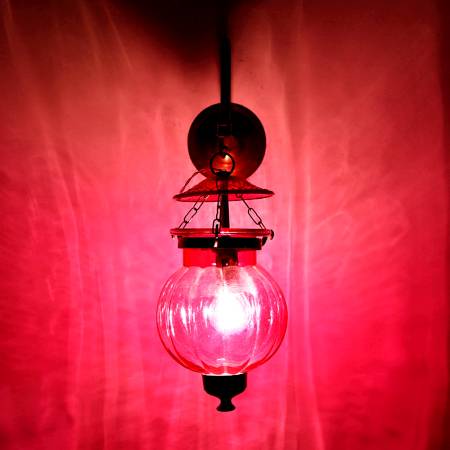

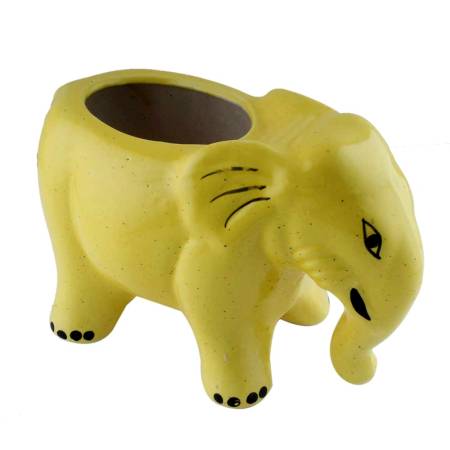
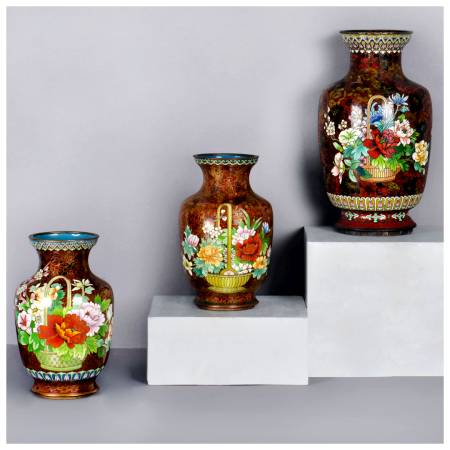
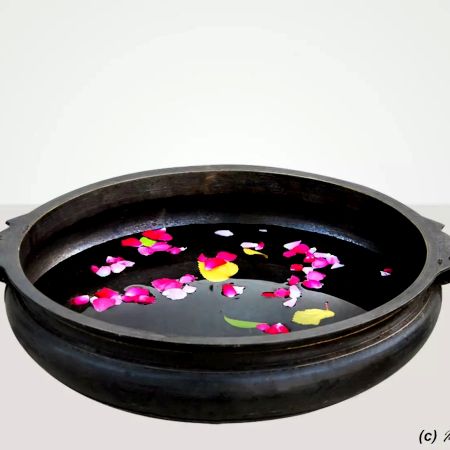

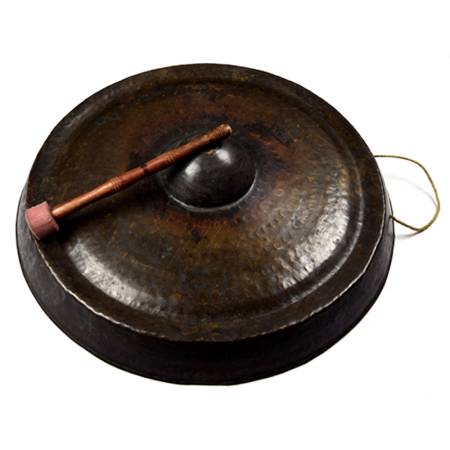



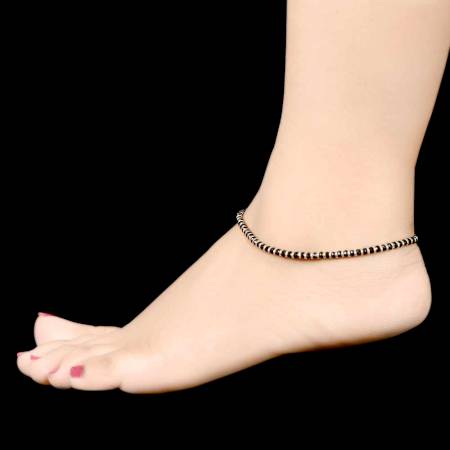

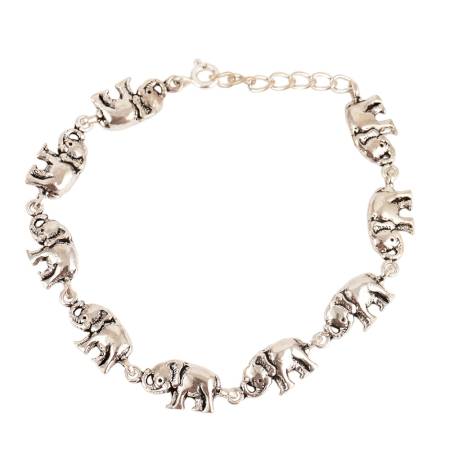
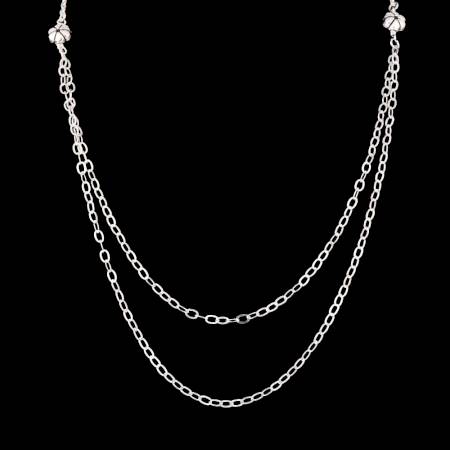
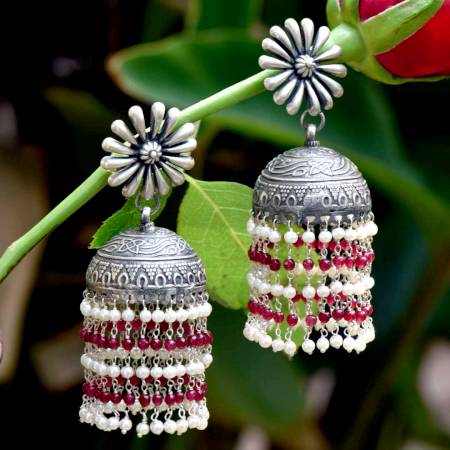
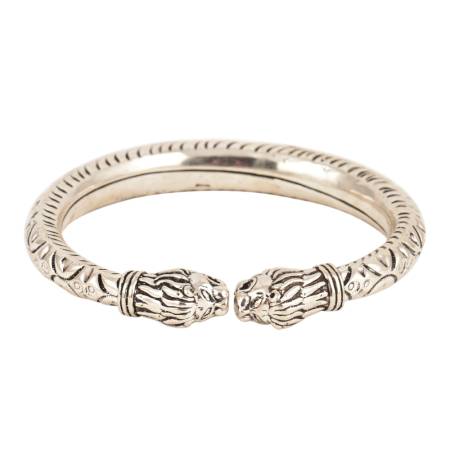
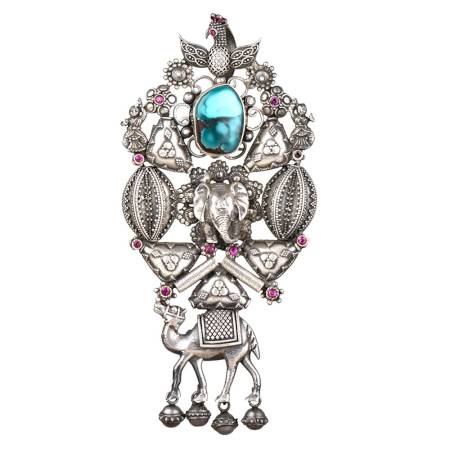





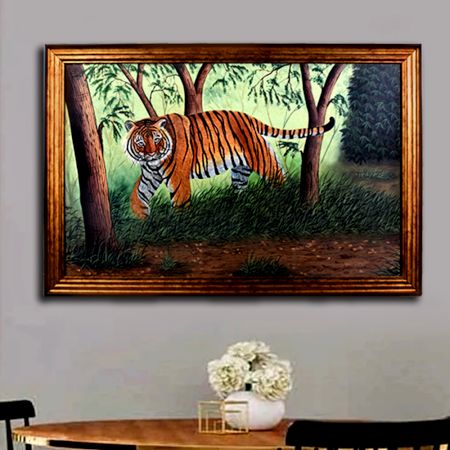

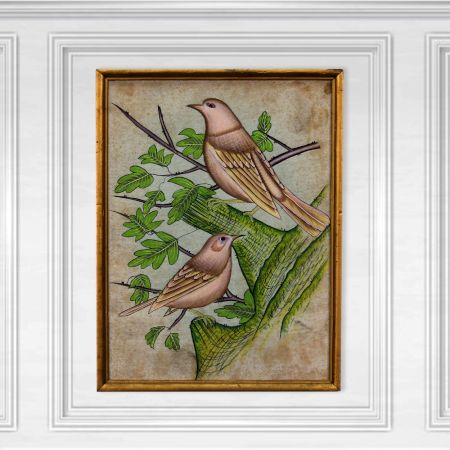
.JPG?ver=1.7)
.JPG?ver=1.7)
.JPG?ver=1.7)
.JPG?ver=1.7)
.JPG?ver=1.7)
.JPG?ver=1.7)
.JPG?ver=1.7)
.JPG?ver=1.7)
.JPG?ver=1.7)
.JPG?ver=1.7)
.JPG?ver=1.7)
.JPG?ver=1.7)
.JPG?ver=1.7)
.JPG?ver=1.7)
.JPG?ver=1.7)
.JPG?ver=1.7)
.JPG?ver=1.7)
.JPG?ver=1.7)
.JPG?ver=1.7)
.JPG?ver=1.7)
.JPG?ver=1.7)
.JPG?ver=1.7)
.JPG?ver=1.7)
.JPG?ver=1.7)
.JPG?ver=1.7)
.JPG?ver=1.7)
.JPG?ver=1.7)
.JPG?ver=1.7)
.JPG?ver=1.7)
.JPG?ver=1.7)

